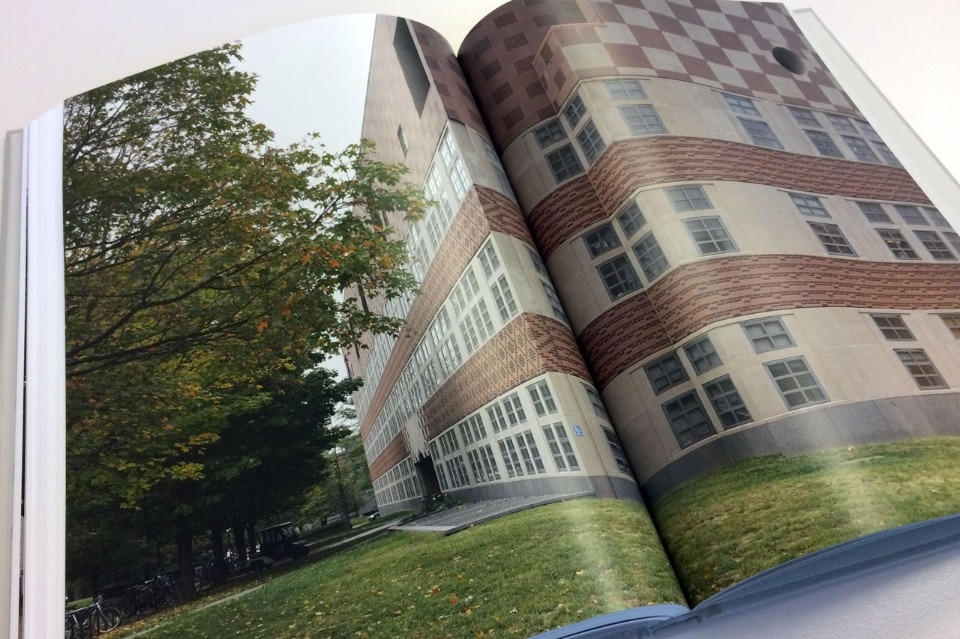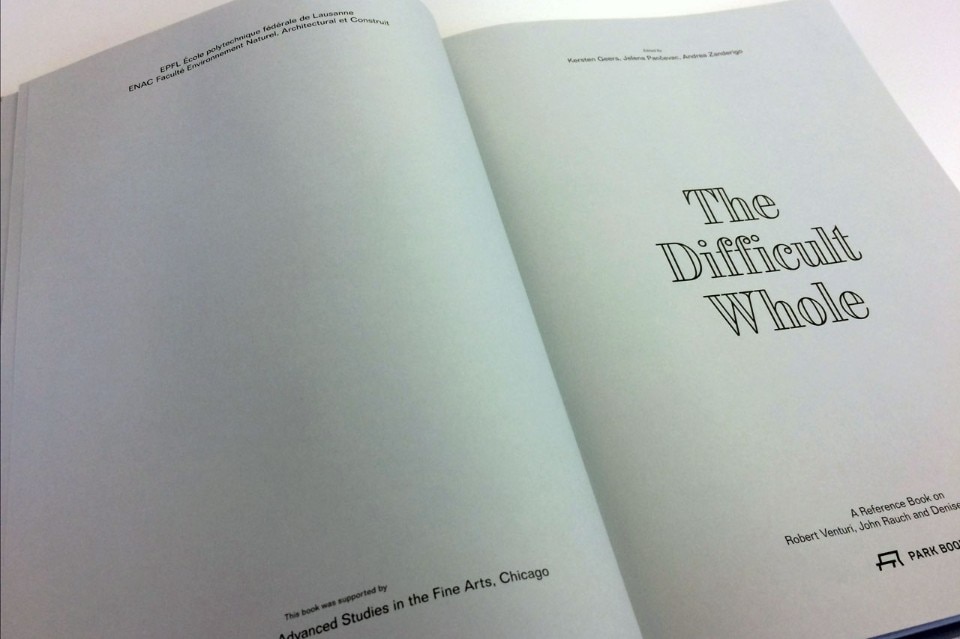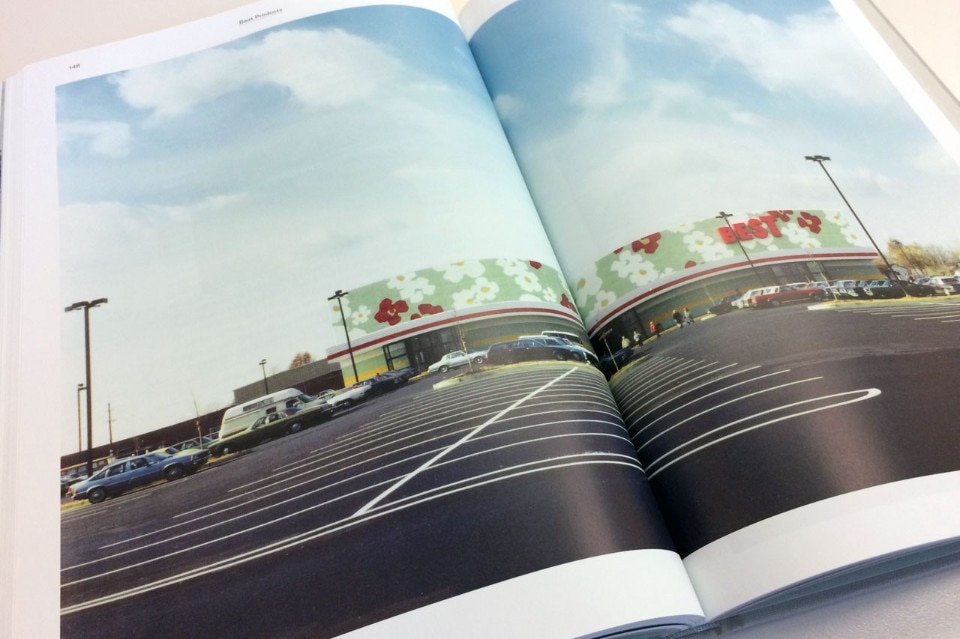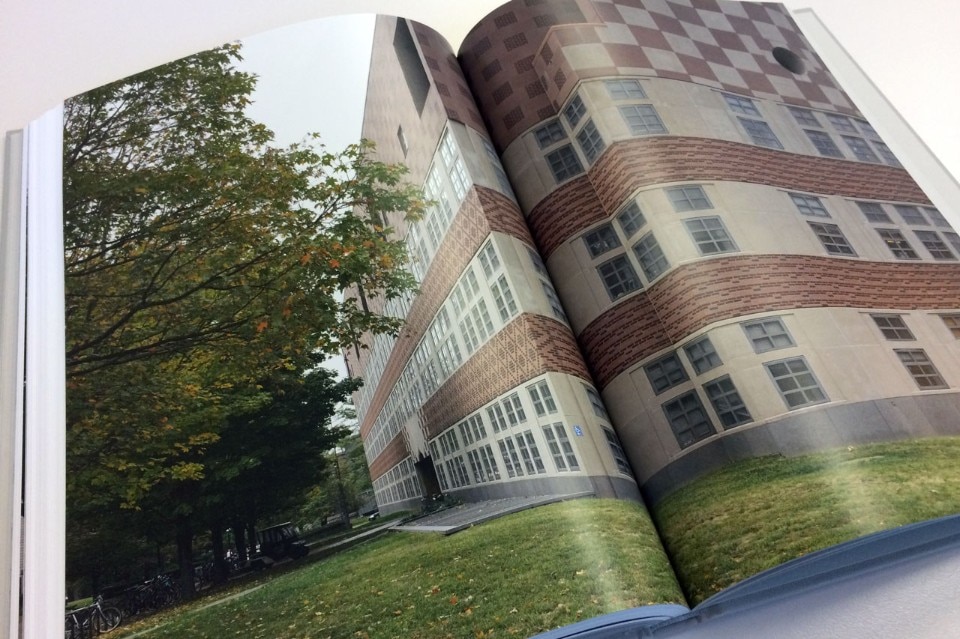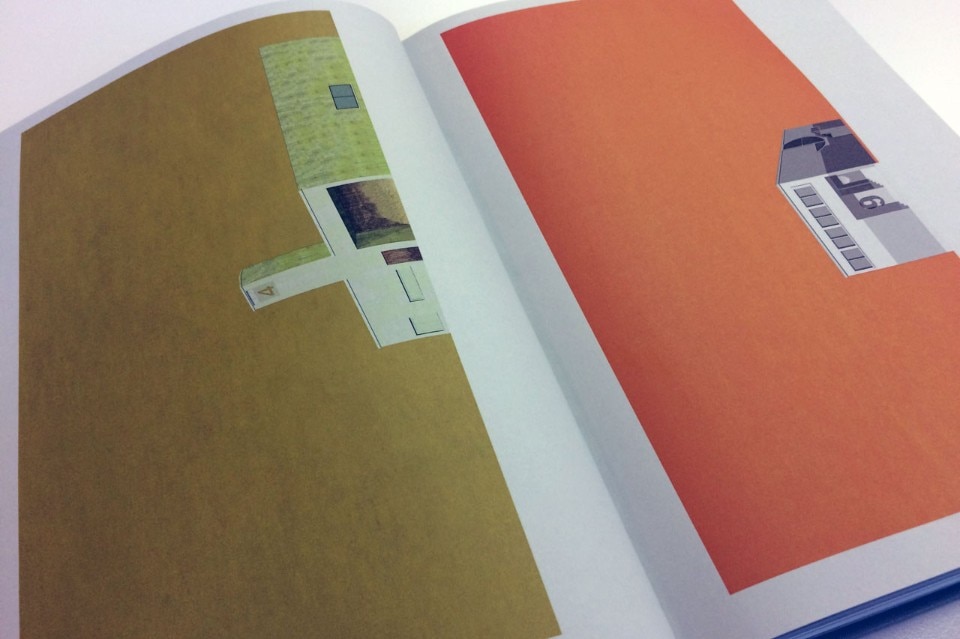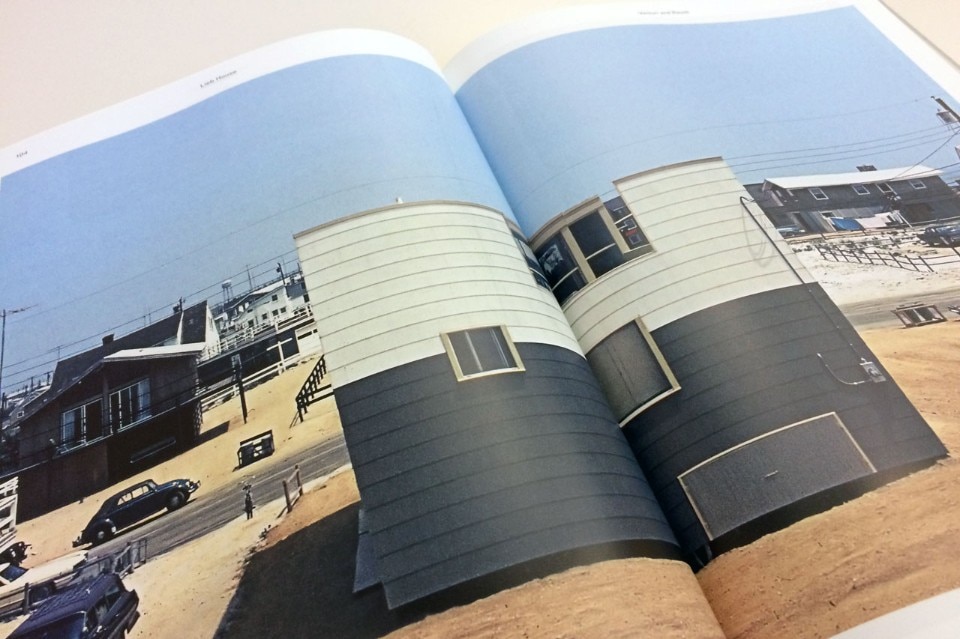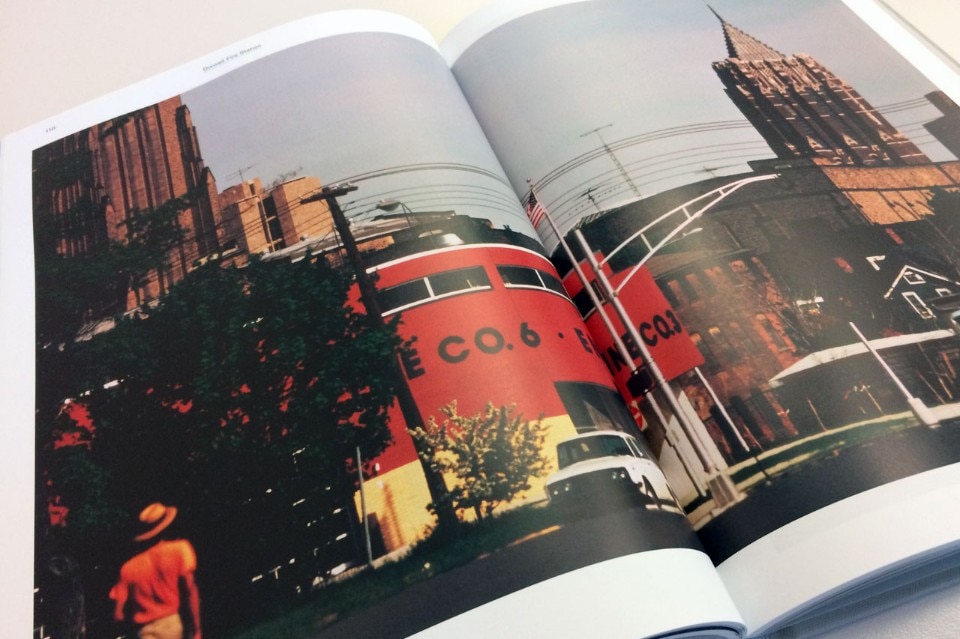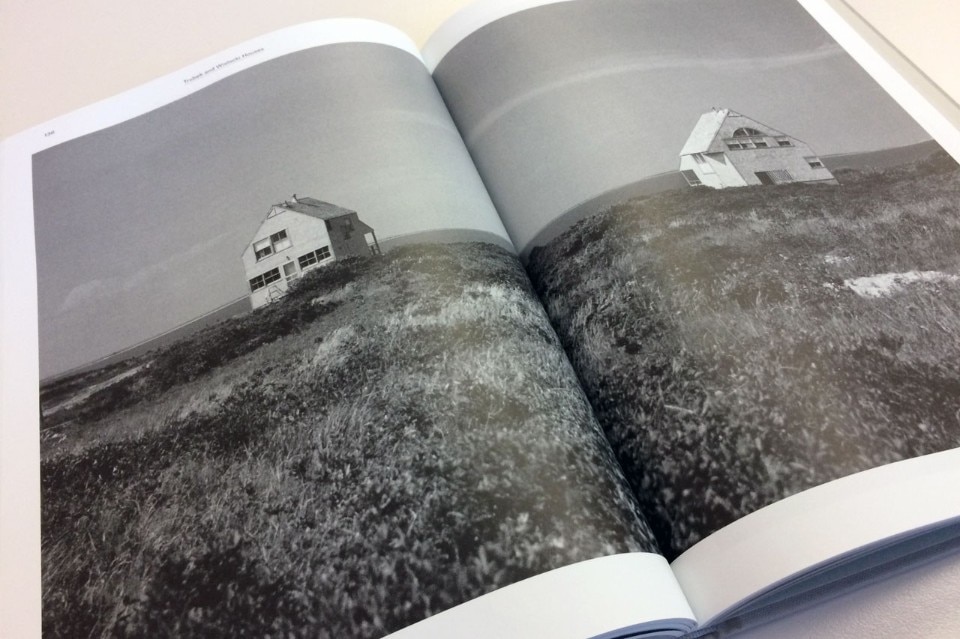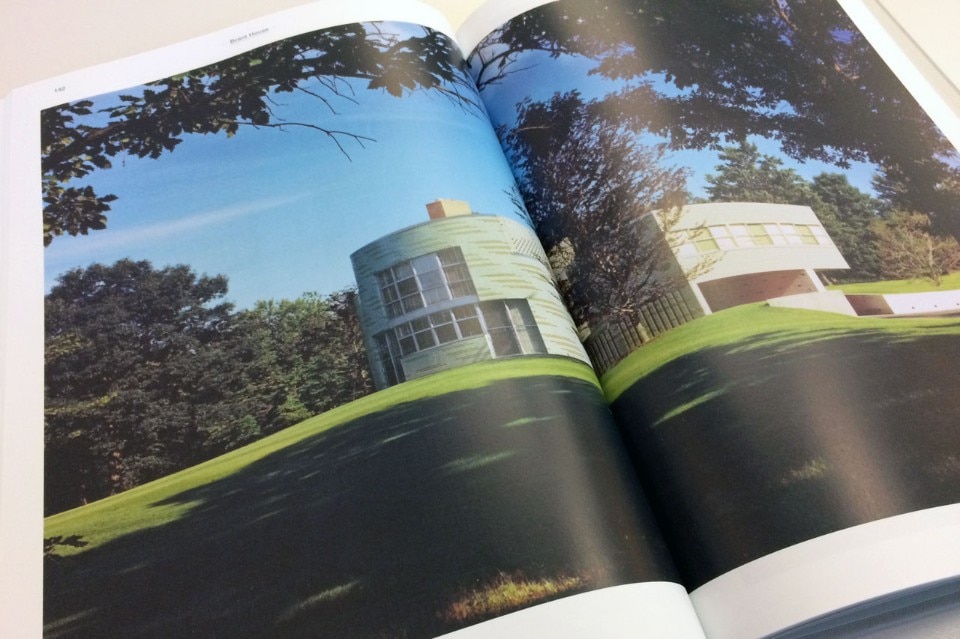During the year that has recently drawn to a close, a number of initiatives took place to celebrate the fiftieth anniversary of two seminal books, The Architecture of the City by Aldo Rossi, and Complexity and Contradiction in Architecture by Robert Venturi, both published in 1966. The anniversary coincided with some interesting examples of historic analysis, as well as editorial, carried out as part of a broader reevaluation of these works within a contemporary context. Prominent among these were the initiatives taken by Belgian architect Kersten Geers, who with Victoria Easton and Guido Tesio, examined Rossi’s work in an exhibition shown at the Swiss Institute in Milan last autumn, while translating into book form – The Difficult Whole, Park Books, 2016 – a reevaluation of the rise of Venturi, conducted together with Jelena Pančevac and Andrea Zanderigo. This reevaluation has taken place in various forms: a written one, with various contributions from the editors, and a visual one, presenting a selection of projects from between 1959 and 1989 taken from the archive of the Venturi studio. This latter section is further enriched by new iconographic material, 16 colour perspectives drawn by students and a new photographic description of three buildings, by Bas Princen.
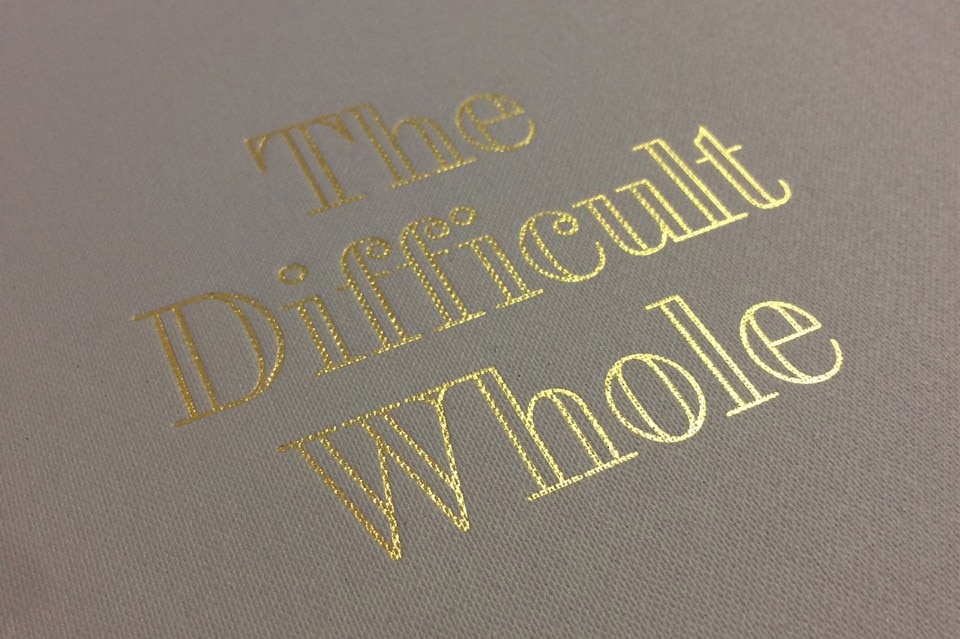
The book is the fruit of a careful construction, based on an assembly of parts, with new perspectives placed on the fringes of the book. The image of the publication, with Joris Kritis responsible for the graphic design and the photographs of Bas Princen already mentioned, and drawings with which the students reinterpret the designs of the Venturi practice, re-propose a visual language peculiar to the group FORM Laboratory for Architecture as Form, EPFL / ENAC, already used in Architecture without content (Bedford Press, 2015) highlighting a notional continuity between the two texts.
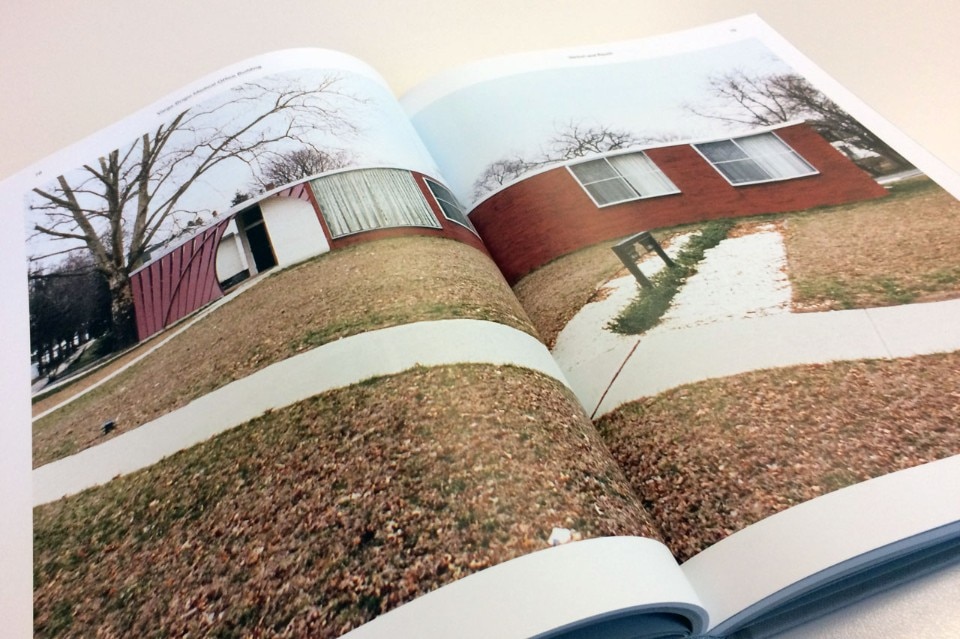
For this operation the editors concentrate on the first (but not the very first) Venturi, expanding the selection of projects with respect to that included in the edition of Complexity and Contradiction in Architecture (that obviously stopped in 1966), with a temporal break (1989) that roughly coincides with the emergence from the studio of J. K. Rauch, and excludes the rich successive production. They underline with emphasis the preoccupation of eliminating the interpretative encrustations from Complexity, disconnecting the work from subsequent interpretations and affirmations, even by Venturi himself (who in 1977 on the occasion of the second edition, had distanced himself from the text): admitting in this way to reinventing an architect.

